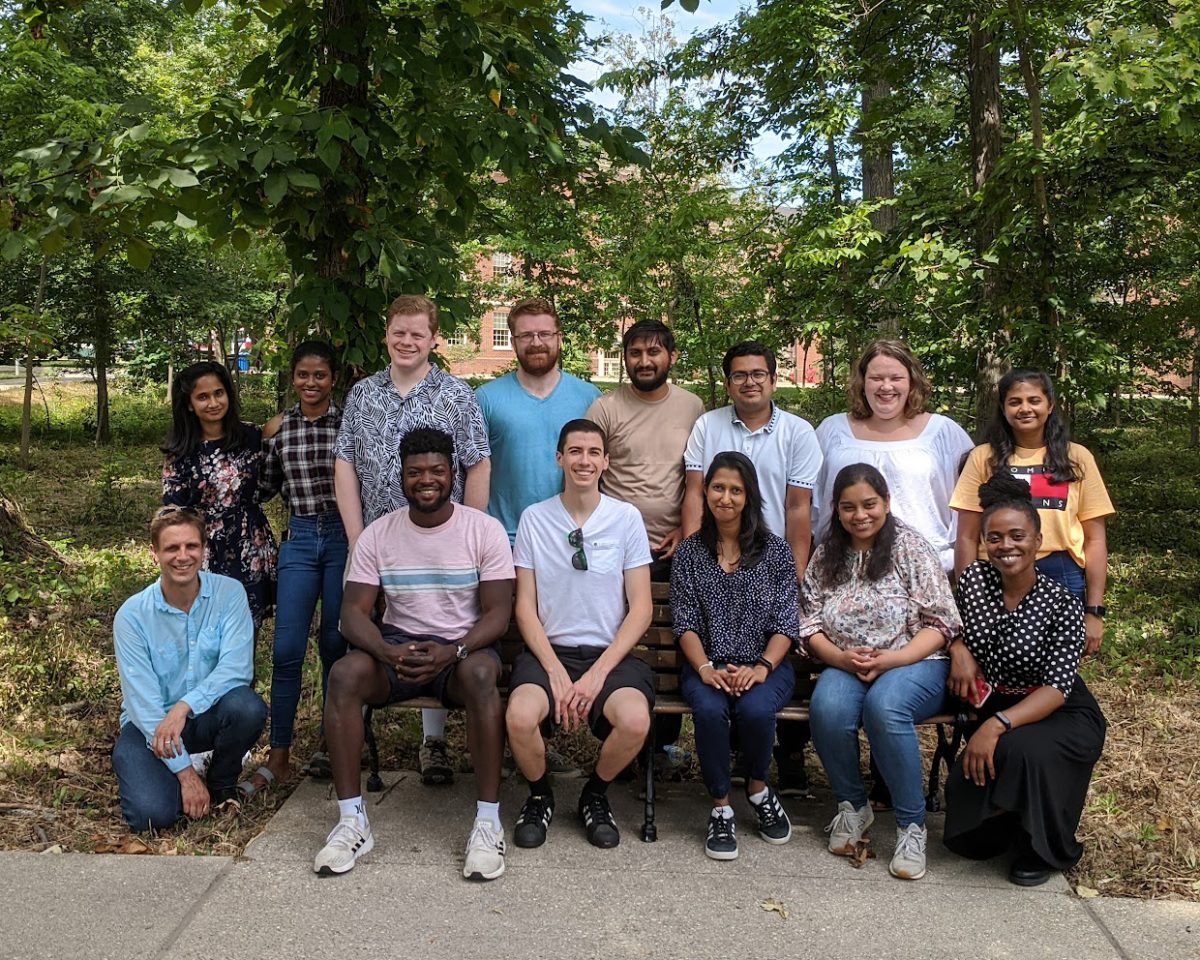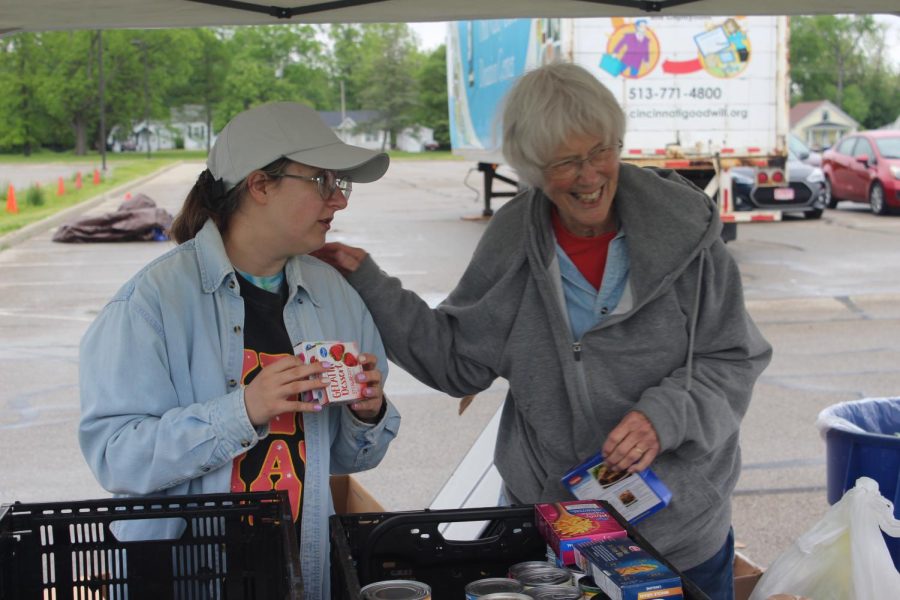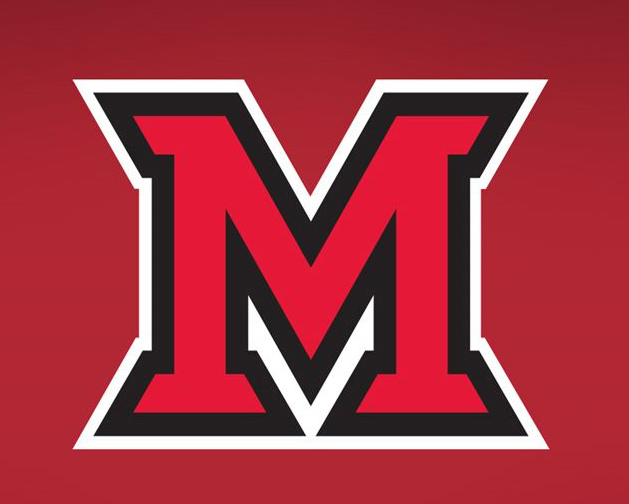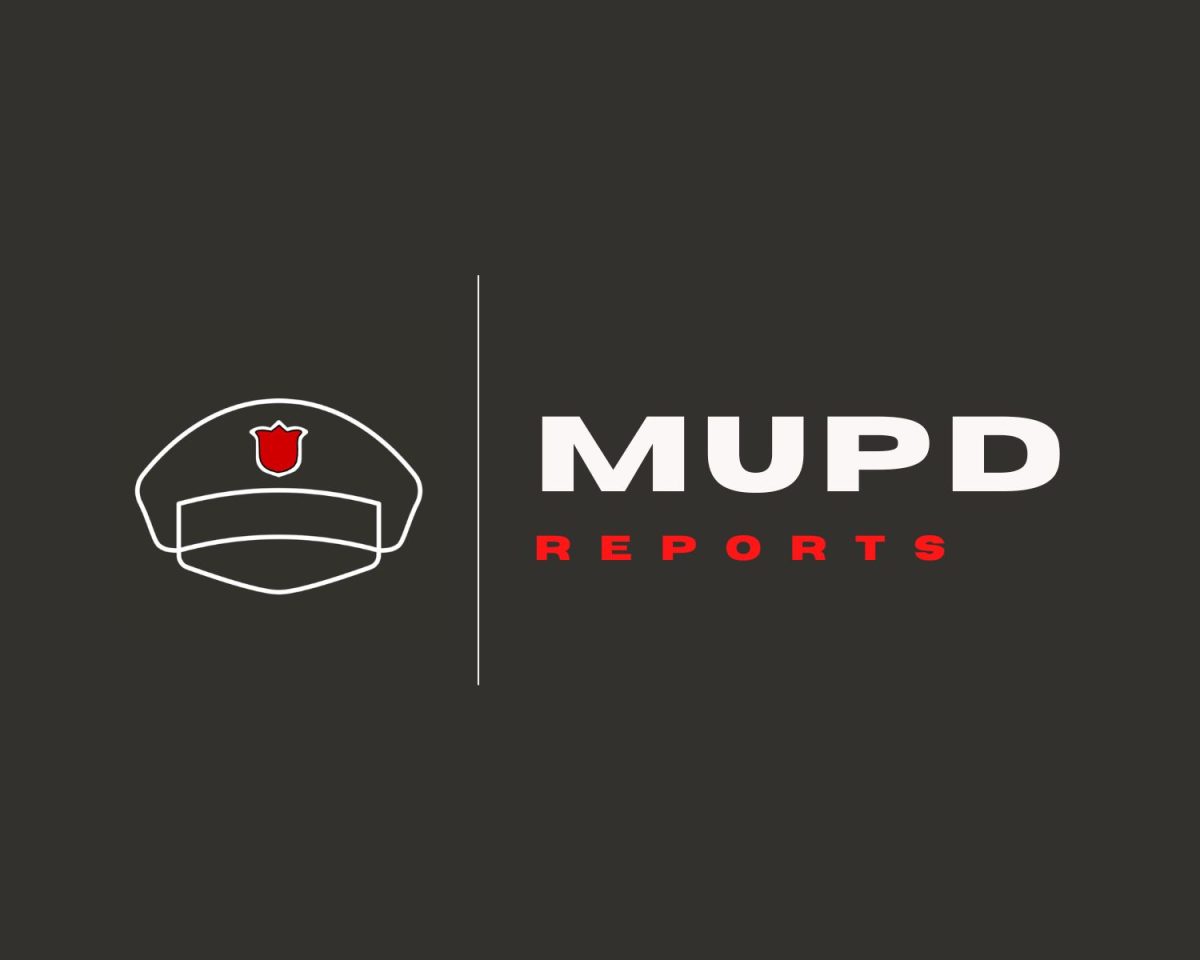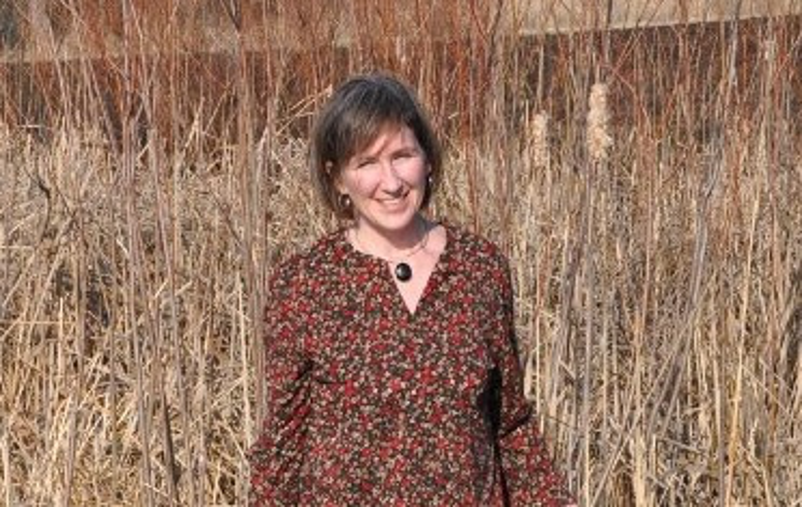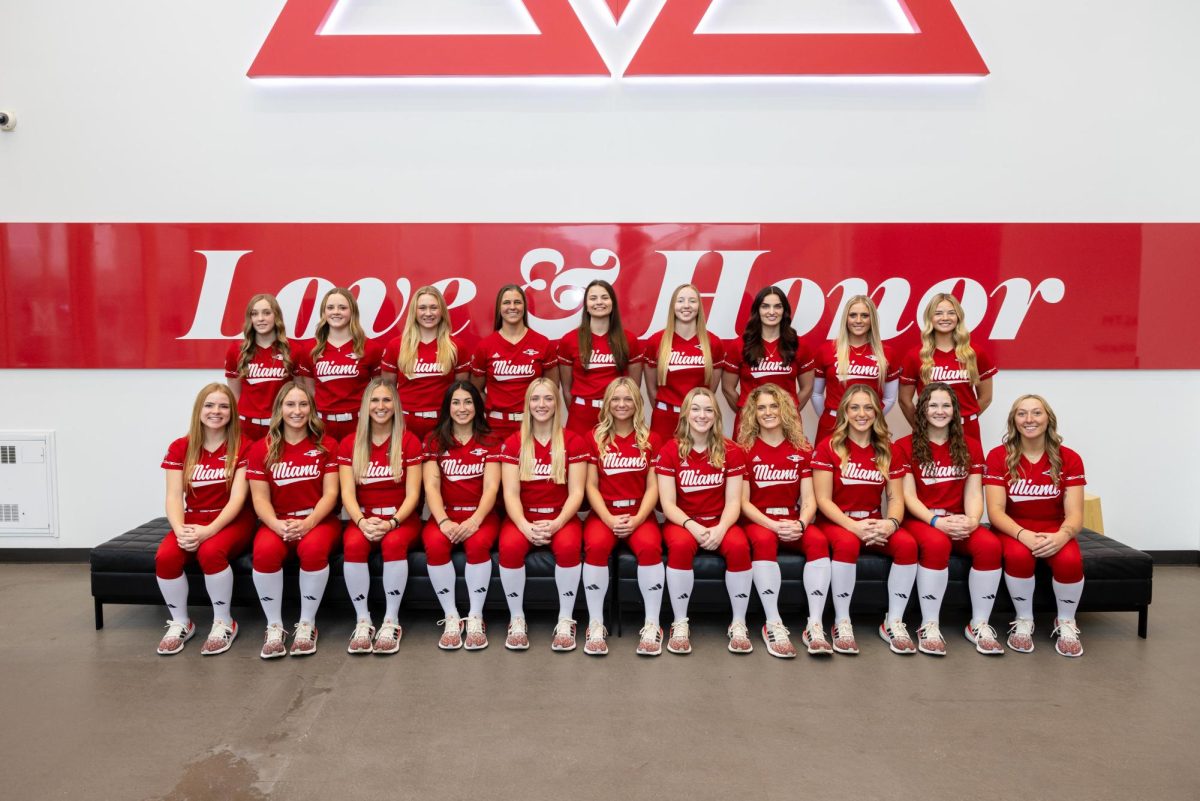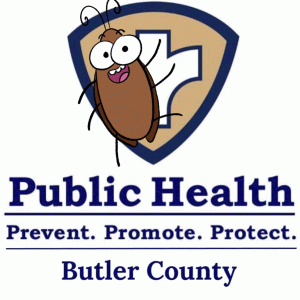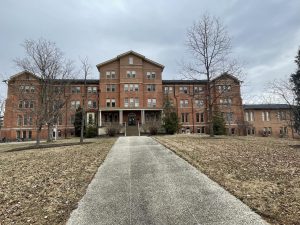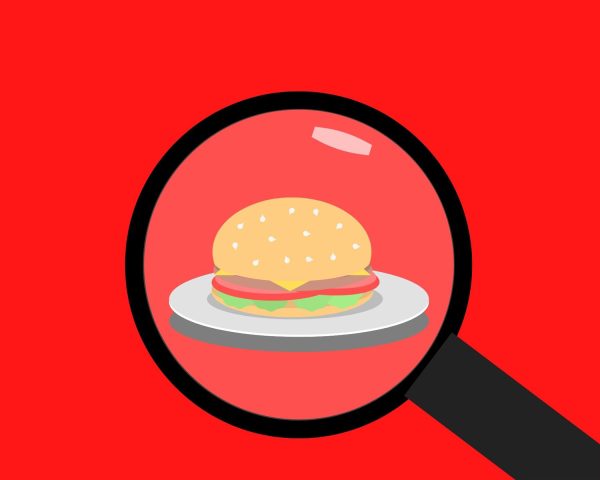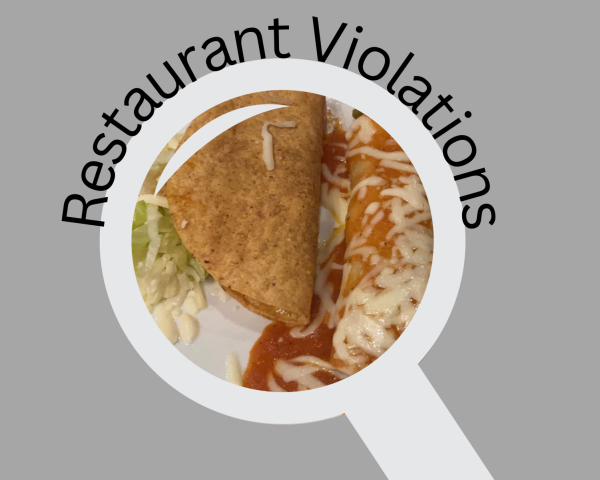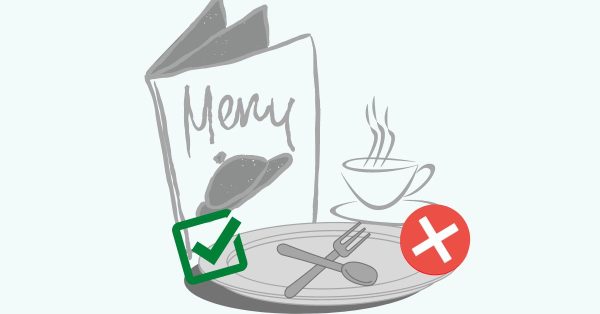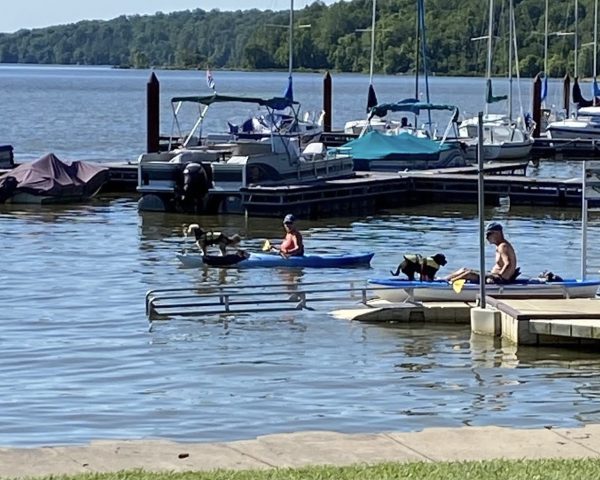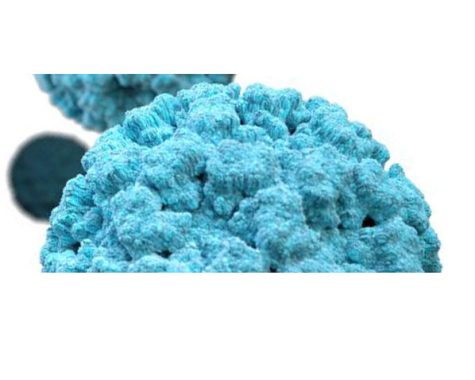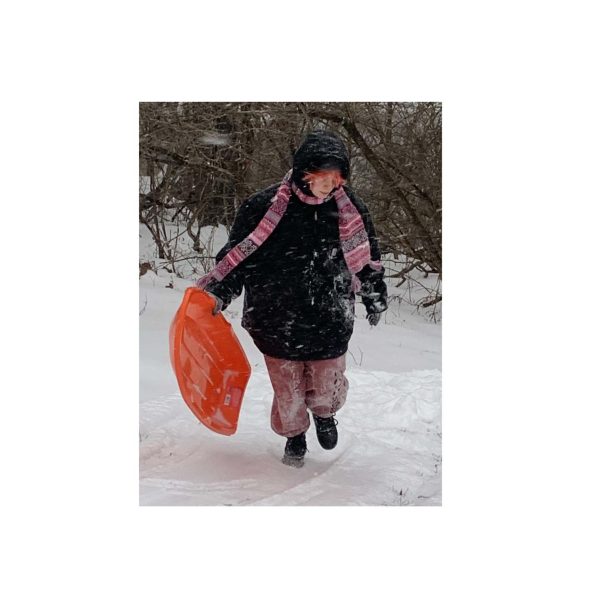Miami professors study how to slow the spread of COVID-19
Photo provided by Dominik Konkolewicz
The members of the Miami University research team of Dominik Konkolewicz, which is working on ways to fight the COVID-19 virus.
October 1, 2021
During the pandemic, Miami University’s science faculty began focusing research projects on how to combat COVID-19. According to Michael Crowder, chair of the Department of Chemistry and Biochemistry and the current Vice President of Research and Innovation, 13 COVID-19 grant proposals were already funded and 19 more are pending.
Two professors who recently received funding are Dominik Konkolewicz and Philippe Giabbanelli. Through biochemistry and computer science, both are studying ways to slow the spread of the virus.
Fighting COVID with polymers
Konkolewicz, an associate professor of chemistry and biochemistry, heads a research group focused on making polymer materials. Polymers, large molecules composed of smaller repeating units, are found in all sorts of applications. They include synthetic plastics such as polystyrene and natural biopolymers, including DNA and proteins.
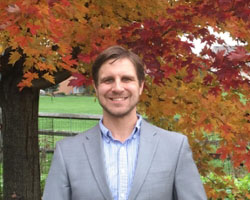
Prior to the pandemic, Konkolewicz and his team were focused on two projects: studying sustainability of polymers and using light to build them.
“With plastics, there are rightly concerns about sustainability. If you order something that comes wrapped in a plastic product and then that goes straight to landfill, it raises a lot of sustainability concerns,” he said. “So, we focus on chemistry that would enable materials to be reprocessed, reused, and have longer lifetimes.”
“We started mixing and matching chemical dependence,” he added. “Rather than just being along a spectrum from fast to slow-reacting, we combined a fast and slow reacting component to get benefits of both types.” In this manner, the performance of these materials can be improved.
He also detailed finding new ways to create polymers. Radical polymerization, the process by which polymers such as PVC and Styrofoam are made, doesn’t give a lot of control over material, he said. Therefore, his team is centered on precision. “We’re looking at tailoring materials to be a small size range,” he said. “We introduced different chemical functional groups that allow the molecules within the material to interact with each other.”
A second part of Konkolewicz’s team is building polymers with visible light sources. “The idea is if we can do it under light, we can do it under room temperature conditions,” said Konkolewicz. “A lot of the time, polymers are made at high temperatures and heating is industrially expensive. Heating a cup of water to make tea doesn’t seem like a lot of energy, but when you do it at scale, that heating cost is actually quite expensive.”
For these light-driven reactions, the team is interested in applying new chemistry methods to influence and study the underlying processes. When COVID-19 began, his team started studying how biological molecules interact with synthetic molecules.
“Part of the group is interested in how we can make polymers that either interact with specific parts of the virus, like fragments of the spike protein, or with the lipid shell,” Konkolewicz said.
“In the early days of the pandemic, the main message was to wash your hands, and that’s because soaps are very effective at disrupting the lipid shell around the virus,” he added. “And so, if we can disrupt the shell, then we can potentially disrupt the infection cycle.”
Konkolewicz described being able to see the concentration of spike protein go down as fragments of it interact with polymer materials. “We see the spike protein removed from the overall medium,” he said.
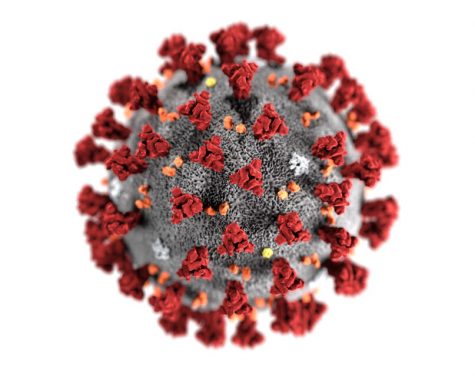
With lipid disruption, his team looks purely at the polymer’s ability to interact with lipids. “We can see how good it is at disrupting lipids because we have a lipid particle with a buffer inside and a buffer outside, but there is a dye inside the particle. And when the lipid shell is disrupted, the dye goes outward, so you can see that response in an increase of dye fluorescence when it’s released.”
As this research continues, Konkolewicz said he hopes to apply his work to more general areas. “I can see our system of lipid disruption being applied to a broader range of viral systems. Going forward, we want to go beyond just what we do with our systems here, but also go into viruses that have additional components in them.”
Konkolewicz said his team found that a vast amount of different materials can interact with biological species. “In most cases, we did see some interaction between polymers and biology. That’s actually quite promising going forward. If tailored well, we can get strong, positive interactions.”
Using simulations to predict how COVID-19 outbreaks play out
Philippe Giabbanelli, a professor of computer science and software engineering, creates simulation models and uses predictive analytics to determine how future COVID-related scenarios may play out.
“The reason for doing so is that we don’t currently know what the best course of action is and we cannot just try it out,” he said. Giabbanelli described the computer as a safe vehicle, where possible intervention scenarios could be tried and, if inefficient, replaced with another.
“It’s a less harmful way than just trying out stuff directly on the population,” he said.
Giabbanelli’s research began in September 2020. “We felt the need to contribute to COVID-19 research,” he said. He said he saw that a lot of decisions had to be made with limited tools, and wanted to add to the information available.
One early goal of Giabbanelli’s research was figuring out which COVID-19 interventions should be pursued by public officials.
“If you’re a policymaker, you’re faced with a lot of choices,” he said, describing decisions such as how to trace contacts, the most effective length of quarantines, or the amount of social distance needed between people.
“We wanted to help policymakers understand the right set of interventions. We looked at a lot of possible sets they could go with; for example, one bundle could be wearing a mask, contact-tracing, remote-working, and the other could be vaccination only. Essentially, we looked at all possible bundles to figure out which is the winning one,” Giabbanelli said.
In favor of creating a model from scratch, Giabbanelli said his research was built on previous research done by others through a platform called Covasim, a simulator for creating COVID-19 analyses. “We went with the option of customizing a framework close to our goal, and added what needed to be added,” he said.
Giabbanelli said his first study found that wearing masks and having remote work and school was the most efficient choice in the absence of vaccinations. Later, the results showed that vaccination alone wouldn’t be able to stop the virus.
“Saying that at the moment, it might seem obvious because we have confirmed it. But we said that back about a year ago,” Giabbanelli said. He also described a balance that needed to be struck between scientific evidence and policies the public would accept. “If you have a very comprehensive set of interventions but people feel that it’s too much and start doing nothing as a result, it might backfire,” he explained.


